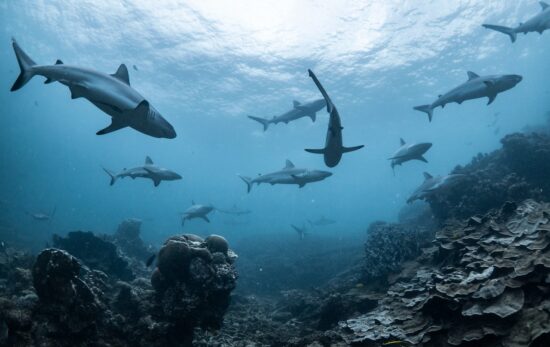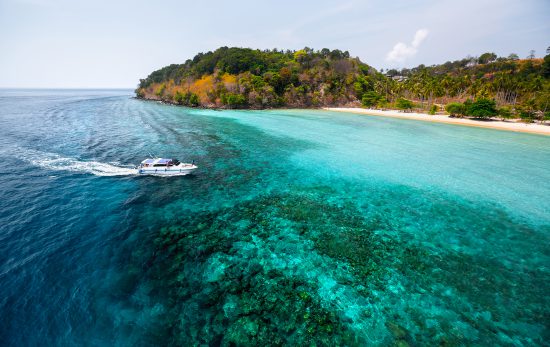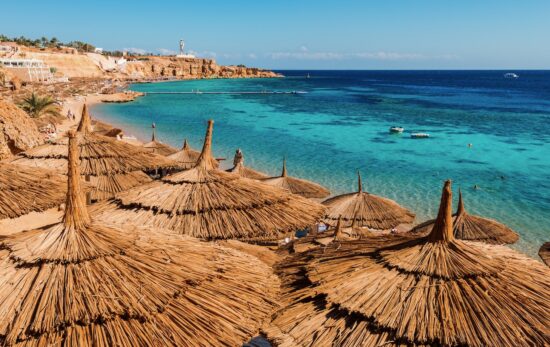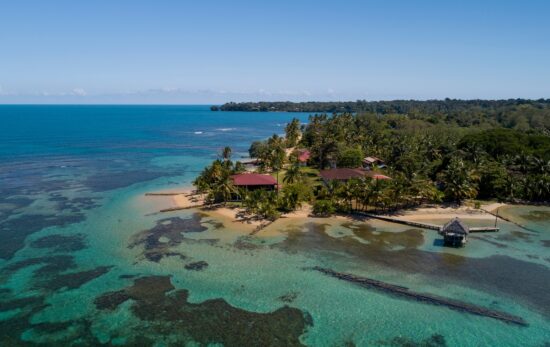The sea is a mysterious place, interconnected by a system of currents and tidal flows. Exploring these currents is a remarkable experience, accomplished by those with their PADI Drift Diver certification. Whether you crave fast moving waters, or more of a slow, easy pace, there are drift dives around the world that will suit your individual preferences.
Drift Diving Tips and Tricks
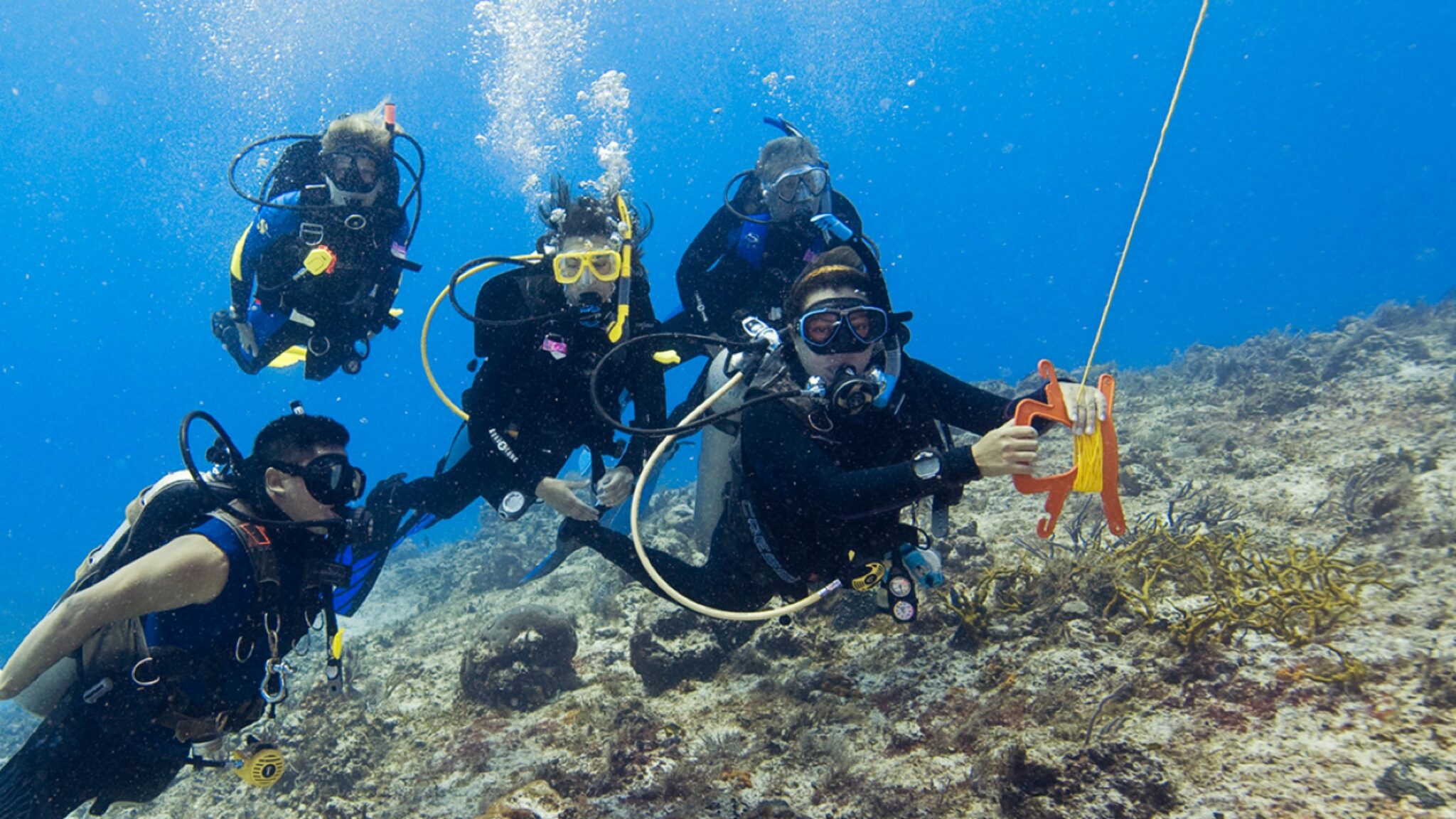
Whether you have been on hundreds of drift dives or are considering trying it out for the first time, there is always more to learn. Here are a couple of tricks to help you dive in style:
- Let the current take you. Listen, don’t fight it. The ocean is far more powerful than you are, one of the strongest forces on earth, for that matter (if not the absolute strongest). If you try to fight the current, you will only tire yourself out, leaving yourself vulnerable and exhausted.
- On the other hand, don’t swim with the current, unless instructed to by your Divemaster. If you speed headfirst into the fray, you’ll run out of things to see before your tank runs out of air. For the fullest experience, find places to tuck away to check out the wildlife. A key tip to keep your dive on track is to watch the fish. Go at their pace, see which direction they face. Learn from the masters.
- Perhaps the most important piece of advice is to make sure your hoses and dive computer are secured to your body. Nothing is worse than getting hung up on a dive, especially by your air hose, which can be potentially fatal.
- Last but not least, know where you’re going. The last thing you want to do is to surface, all alone, with no boat in sight. Carry a whistle with you, just in case, and stick with your dive buddy.
Go with the Flow – The Best Drift Dives
Ready to fly underwater? Here are ten of our favorite places for a drift dive.
10. Vancouver Island, British Columbia
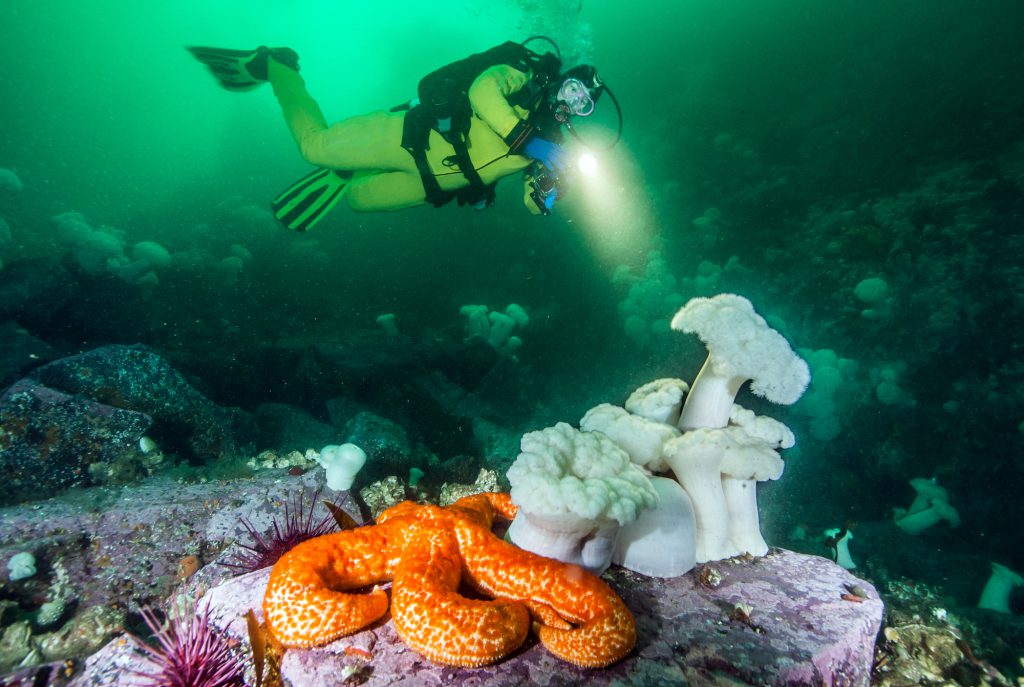
A surprising place to find drift dives is way up north, in Canada. The cool waters surrounding Vancouver Island are pulled in from the Pacific into the Puget Sound. Most dives are accomplished from Port Hardy, a larger town on the north side of the island.
One of the best drift dives in the region is found near 7 Tree Island. Here, you can be sucked through the Nakwakto Rapids, where you can reach a rocketing 22 knots. These rapids are listed in the Guiness Book of World Records, and are not to be taken lightly. Only advanced and expert divers should attempt this wild ride.
Another supremely nice place to explore is the Browning Pass. This famous wall dive is considered the best in British Columbia. You can see colorful anemones, hidden kelp forests, and incredible rock formations. This region is frequented by orcas, which travel through in large pods. You may even run across sea lions, dolphins, or other whale species.
Because the waters are quite cold here, you’ll need the proper gear before you attempt these drift dives.
9. Maldives
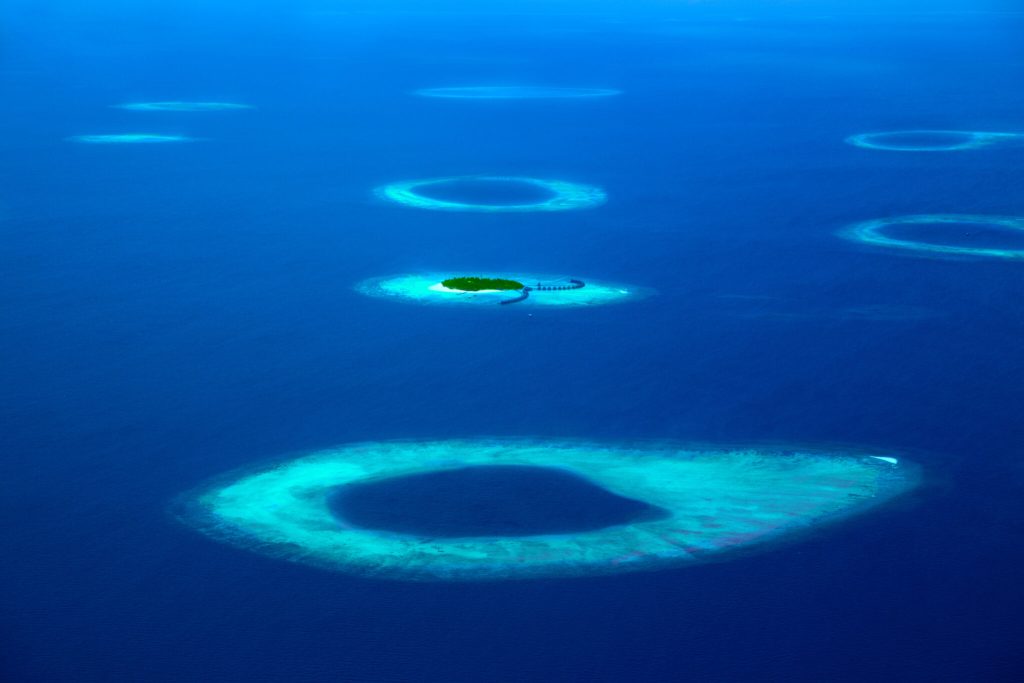
The more than 1,000 islands that make up the Maldives are undoubtedly riddled with a variety of dives, and fortunately for us, drift diving is among them. The waters here are gin clear, and the abundance of wildlife is staggering.
A particularly lovely drift dive can be accomplished at Maamigili Beru, a site found alongside Ari Atoll. The steady current draws you from Holiday Island to Sun Island, passing beautiful reefs and rippling sands. The current is at an ideal pace, so explore at your leisure, exerting energy isn’t required.
Another popular dive is the Kuredu Express, where the strong current tugs you through a comfortable channel. There are plateaus found along the channel walls, each hosting differing aquatic life at the differing depths. This site is an excellent place to come across manta rays, sometimes arriving in large groups.
8. Cozumel, Mexico
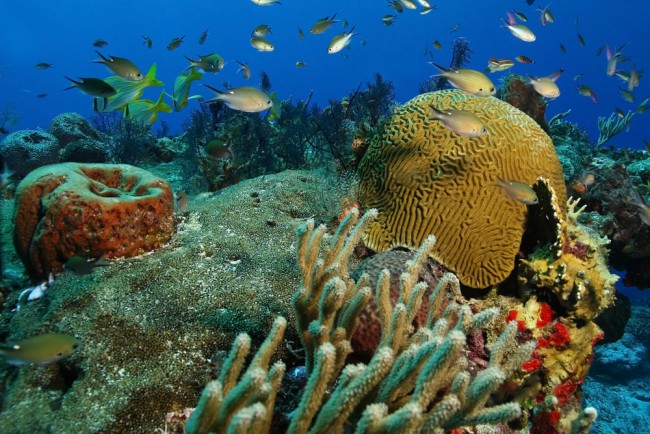
Cozumel, Mexico is home to a plethora of astounding drift dives, and is often referred to as the drift diving capital of the Caribbean. The currents run through a network of underwater canyons and crevices, pulling the clear waters hither and thither.
A particular favorite dive is found along the outer wall of the Palancar Reef, a site called Palancar Deep. The rich, nutrient rich waters that are pushed along the reef bring with it a barrage of healthy marine life. The sea fans here are huge, filtering the water that races through. You can see large sponges and tons of small fish.
If you ever feel the need to slow down and take in the view, simply tuck yourself into a crack in the reef, avoiding the constant pull of the current.
7. Fakarava, French Polynesia

The Gray Shark Wall in Fakarava, French Polynesia is an exciting dive for those adventurous divers among us. A boat drops you off into the deep sea, where the looming wall lies in wait. Swimming toward the wall, flickers of gray greet you. The dive is aptly named: before you careen through the narrow Tumakohua Pass you come face to face with a barrage of sharks. Blacktips, whitetips, and gray sharks wait in front of the channel’s entrance, waiting for snacks to be sucked into the current.
Once past the sharks, you enter the slim channel, where the transition between low and high tide pulls the water at incredible rates. Divers are pushed through the crevice at rates of up to 4 knots. While in the channel you may be lucky enough to see the massive humphead wrasse, a large and bizarre fish with an odd, protruding forehead. Alongside you, the walls are coated with an abundance of coral, where fish flourish, tucking themselves behind coral heads and rocks to stay out of the current.
Suddenly, the current spits you out into a crystal blue lagoon, calm and warm. Here is a whole new world to discover, where seahorses and starfish are plentiful.
6. Kamikaze Cut, Tobago
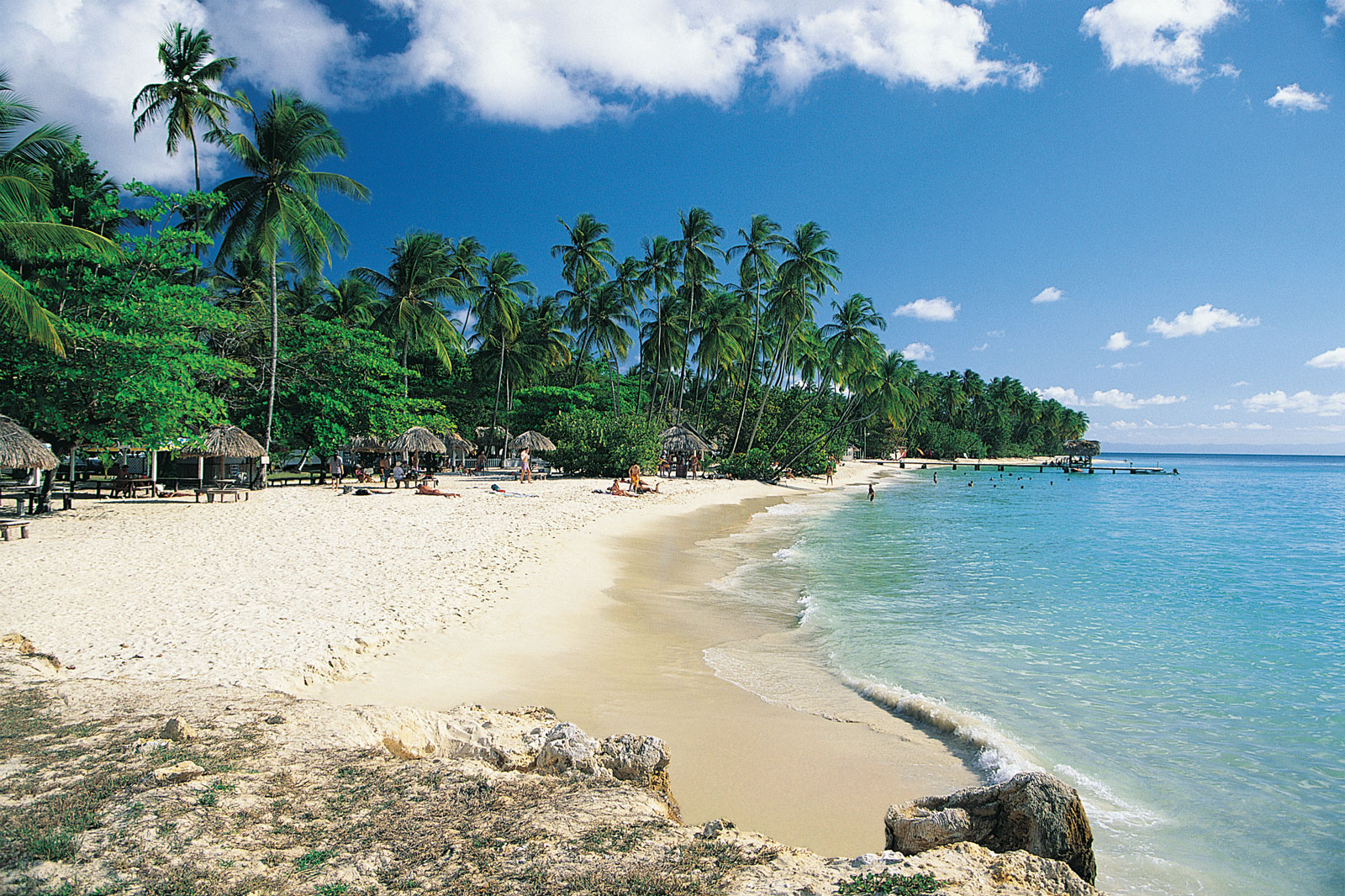
As far as drift diving in the Caribbean goes, Tobago is a close second to Cozumel. The rich waters here are sucked between the island and the coast of Venezuela, and the nutrient packed fresh water that empties into the sea from the Orinoco River makes Tobago’s dive sites some of the most biodiverse in the region.
The most popular and exciting drift dive is the Kamikaze Cut, a deep crevasse near the southern side of Goat Island. A part of what is called the Japanese Gardens, the Cut is a thrilling dive, hurtling divers through narrow gaps as slim as 7 feet (2.1 meters) wide. The current isn’t over the top, though, at its fastest it reaches a stout 5 knots, but the speed depends entirely on the tide and weather.
The expansive reefs here are home to hordes of manta rays, which filter the plankton laden waters. You may also run across moray eels peeking out from the cracks as you zoom through the Cut, and sleeping nurse sharks await under rocky outcroppings.
5. Red Sea, Egypt
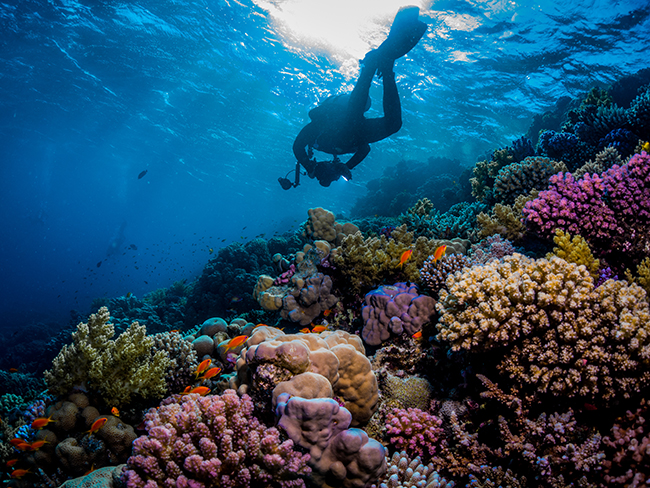
Head to the Ras Mohamed region of the Red Sea for some of the best drift dives in Egypt. There is a lovely route that runs between Shark Reef and Yolanda Reef, one of the most animal packed places in the whole sea. Any creature you can find in the Red Sea, you can find on this dive.
The two reefs form a channel through which water flows, pulled by the tide. The two mounds of coral are alone in a vast expanse of sand, the perfect place for exploration. If your tank and the currents allow, blow on through to Satellite Reef, another great spot to find barracuda, eels, and hogfish.
Another stellar drift dive can be found around Giftun Island. The caverns and cracks are filled with massive gorgonians, and the large marine life you can find here are just as spectacular. The currents are variable, so be sure to plan your dive accordingly.
4. Florida, USA
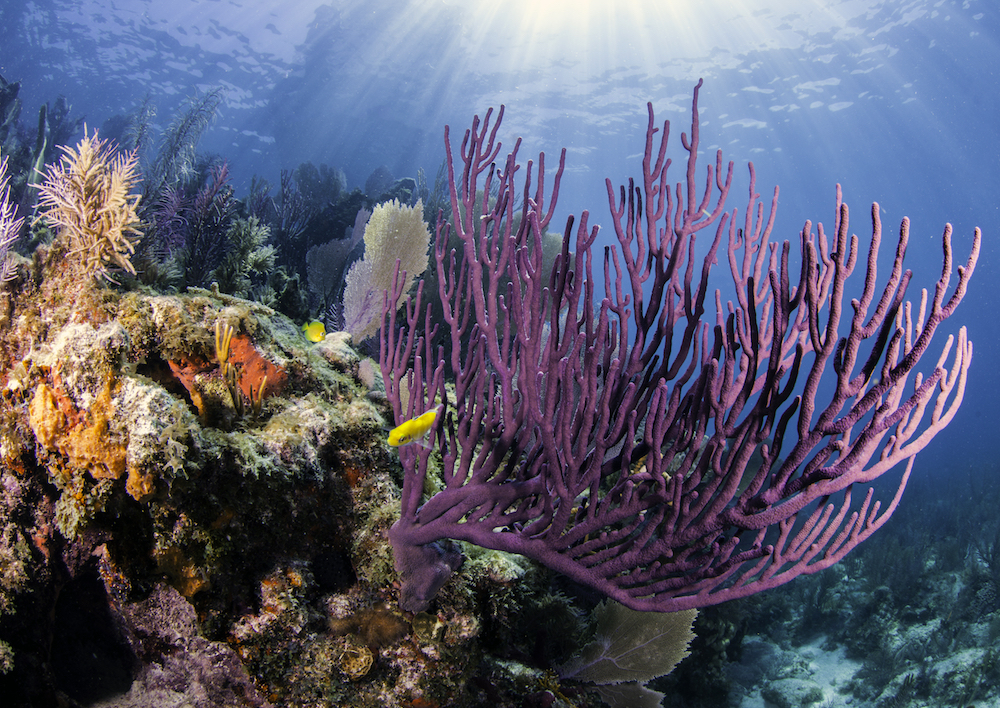
With so much coastline it’s no surprise that Florida boasts its own set of drift dives. Two of the best locations to check out are Juptier, FL, and Singer Island.
Singer Island can be found near West Palm Beach, where the Gulf Stream idles by. The current here rarely exceeds 1 knot, leading to a leisurely drift dive. As you cruise along, keep an eye out for parrotfish crunching on coral, and several shipwrecks, found just out of the stream.
Jupiter also lies along the Gulf Stream, and here you have a great chance to see some large marine life on your dive. Goliath groupers, sharks, and rays can all be spotted as you jet along, as interested in you as you are in them. You can go deep here, around 100 feet (30 meters), and there are advanced dives available for those who are interested.
3. Molokini Island, Hawaii
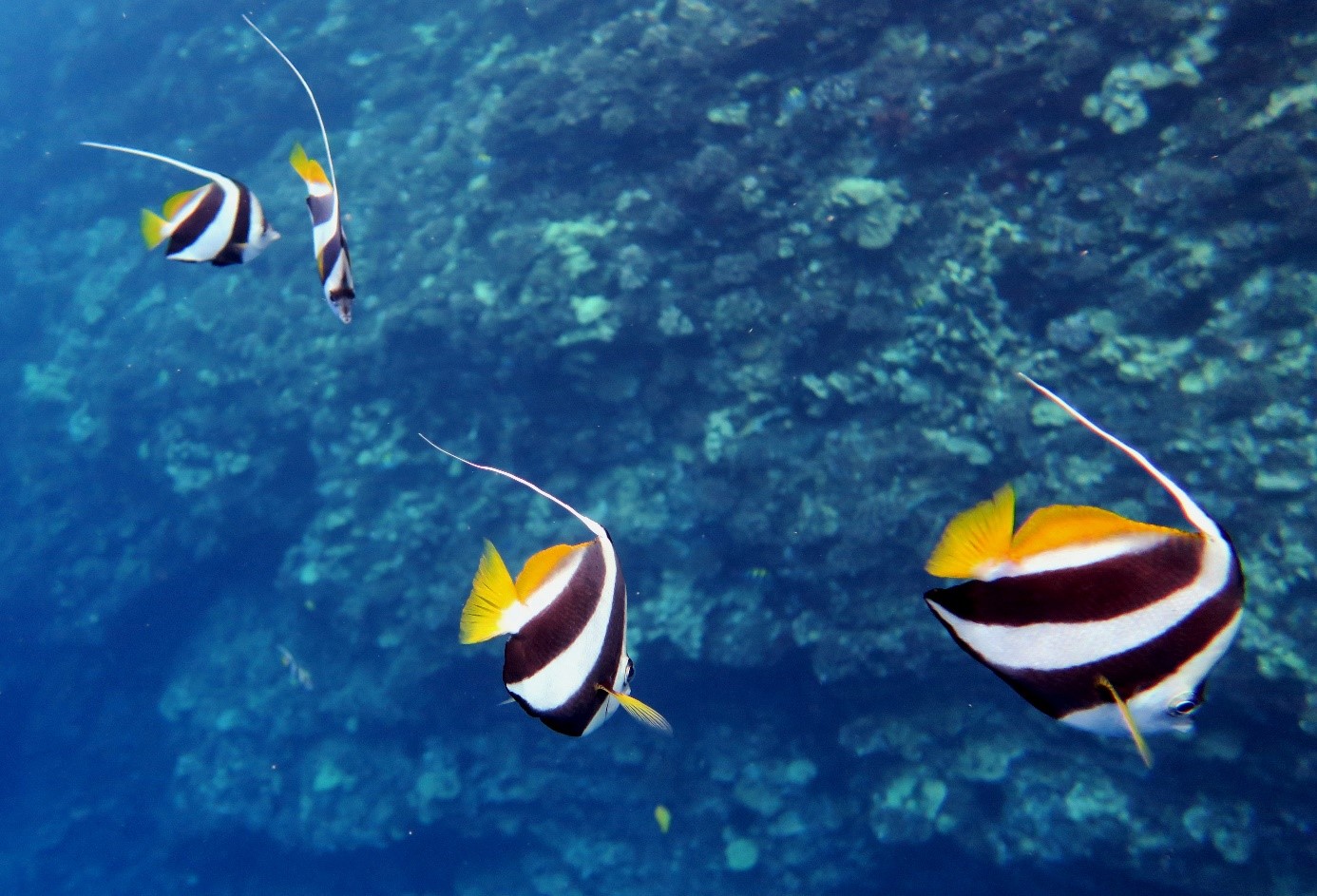
Crescent shaped Molokini Island is the partial ring of an ancient volcanic crater. The small island is a part of Maui County, in Hawaii, and is a designated Seabird Sanctuary. Best of all, the island is only a short boat ride from the town of Kihei in South Maui.
Along the far side of the island is a fantastic drift dive, where you can come across large creatures like humpbacks, manta rays, and dolphins. If you are fortunate, you may even run across a whale shark, the largest fish in the world.
Known as the “Back Wall,” the foamy water above hides a treasure trove below. Once you drop into the water you are taken by the steady current, where you will undoubtedly run across whitetip sharks and idling rays. Tremendous boulders and volcanic cracks hide smaller marine life, playing a seemingly endless game of hide and seek.
2. Clutha River, New Zealand
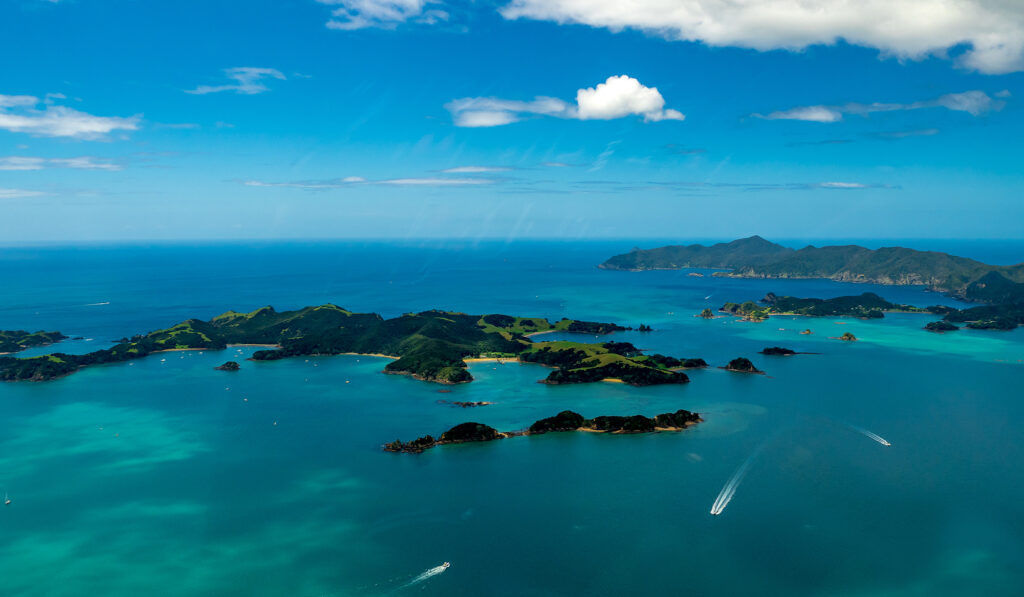
New Zealand is certainly a land of surprises. The Clutha River is no exception. This clear blue river winds along through the South Island, and is the second longest river in New Zealand. The current here is incredibly strong, making the Clutha, perhaps, the fastest river drift dive in the world. You can get up to 10 knots, here; a seemingly breakneck speed.
For the adrenaline junkies among us there is “Devil’s Nook” a 90 degree switchback in the river, where the rapids form a commanding whirlpool. Head straight into the center of the swirling vortex, where you can sit in the eye, watching the pebbles and bubbles swirl around you.
1. Ulong Channel, Palau
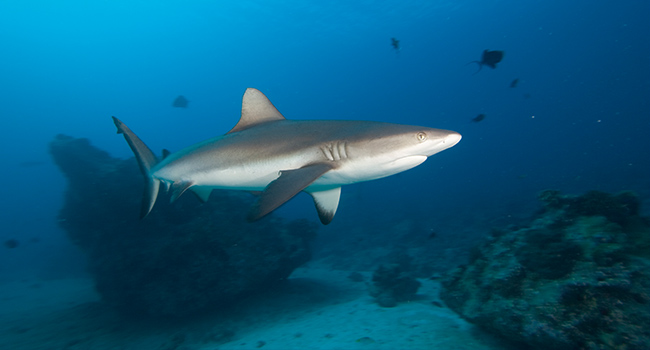
The fantastic current that pulls through the Ulong Channel in Palau is nothing to take lightly. Sucking through the channel at a tremendous pace, as soon as you hit the water you are in for quite a ride.
Sharks give you the eye as they pass you at an alarming rate, with huge groupers not too far behind. After a while of enjoying the show, simply lie back, and enjoy the ride.
Do You Catch My Drift?
Drift diving is a unique experience, no matter where you choose to peruse. You can go fast or slow, depending on the tide and your location. With an open mind and a good set of gear there’s nowhere the current can’t take you. Book a drift dive in one of these locations using the PADI Adventures app.
This blog was originally written by Bridget Pearson and published on the Diviac Magazine.
